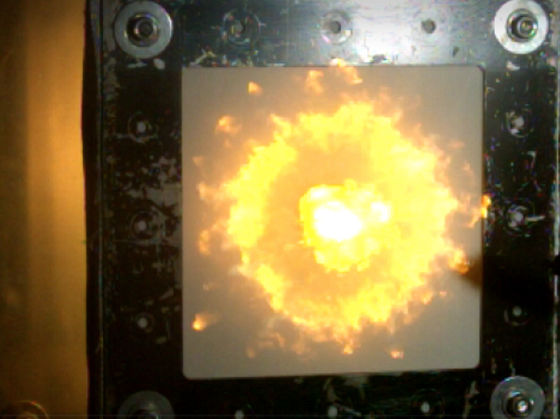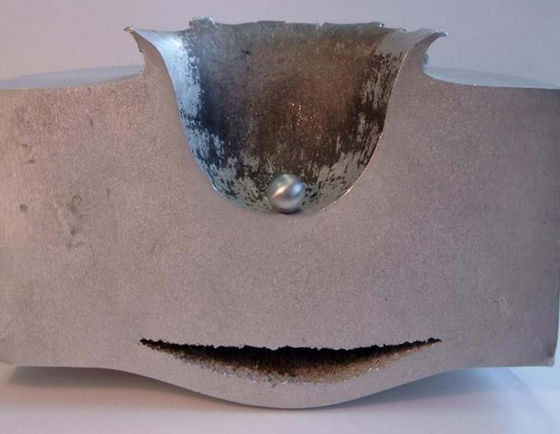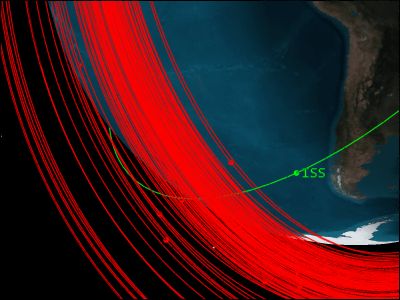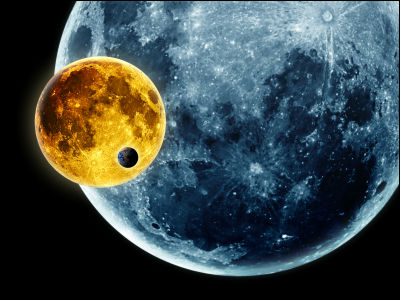How does space debris defend when it hits the International Space Station?

BySweetie 187
Drift in myriad of outer spaceSpace debrisCollide with a satellite or spacecraft, the equipment will be destroyed or the life of the crew will be dangerous. From this, NASA talks about the development of a protective shield to protect the spaceship on the official website.
Destruction Junction - What's Your Function? | NASA
https://www.nasa.gov/feature/destruction-junction-what-s-your-function
On the assumption of space debris floating in satellite orbit, NASA is conducting experiments to hit a small aluminum mass at a speed of 4.26 mph (about 6.9 km) per second against the protective shield material of the spacecraft. NASA is going to do a variety of tests to see if a protective shield for protecting the spacecraft from space debris and micro meteors really can protect the spacecraft.
There are 2,700 tons of space debris on the low orbit with the International Space Station. And when the altitude further increases and it reaches a geostationary orbit, the total weight of space debris is as high as 3,600 tons, and it seems that there are as many as 22,000 space debris spinning around the earth in the investigatable range. And, even small debris of about 1 mm flying at unbelievable speed in space, it seems to produce a tremendous shock if it collides, the average speed of space debris colliding with the International Space Station is about 6 mph 9.7 km), the maximum speed seems to reach 10 miles per second (about 16 km). Also, not only space debris collides with the International Space Station, but a small meteorite with an average speed of 14 mph (about 23 km) will also fly and its maximum speed will be as high as 45 mph (about 72 km) per second.

In order to safely protect space ships and artificial satellites from such space debris and micro-meteorites, tests of protective shields are being conducted by the Hypervelocity Impact Technology (HVIT) team at Johnson Space Center. Even small pieces of debris can cause huge damage to satellites and spacecraft, so the HVIT team's test has shown that testing of newly designed shields and related technology improvements are progressing well.
For example, the initial test showed that the multilayered shield had better protection than the single layer shield. And in the latest survey we have improved the durability by changing the material of the multilayered shield. The protected shield material tested will be adopted in the beginning of 2017 as the new international docking port "Passive Mating Adapters (PMAs)" of the International Space Station.
A test shot hit aluminum spheres


A small aluminum sphere largely scoops the protective shield.

Designing a shield for space ship protection is essential as a risk measure against increasing space debris. The shield tester of the HVIT team was founded more than 35 years ago and has repeated over 10,000 crash tests so far.
Related Posts:
in Note, Posted by logu_ii







